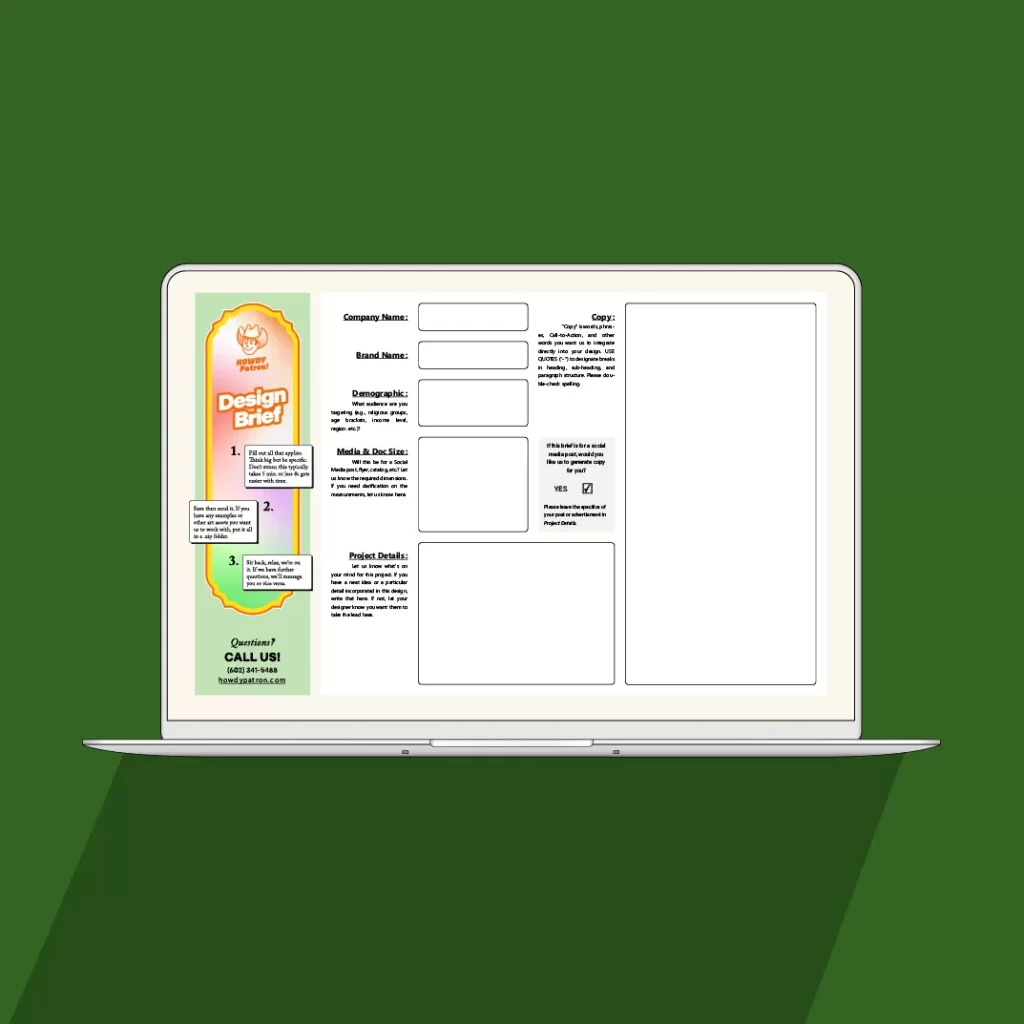Are you tired of going back and forth with your graphic designer, trying to explain precisely what you want for your next project? Are you a client who is irritated by the incessant messaging taking place before the design gets started? You’re not alone.
A graphic design brief is the ideal first step in a design project/ task. It is a document crafted to make the collaborative process between designer and client more efficient so that your designer can understand and execute a concept easily and quickly.
The perfect graphic design brief can provide practical data your designer can utilize, such as demographics and Copy. A design brief is much more efficient than sending a spontaneous design request via email.
In this article, we list categories you’ll want to apply to your brief – if your a designer – and our reasoning behind those categories.
Just keep your design brief simple
Don’t get us wrong. Not all designs have to be this complex when beginning. For example, would you like to fill out a design brief on a quick letterhead update or adjust the logo on a label design? That answer is no. And the answer is no because the task is a quick fix or alteration.
Creating from scratch is another story, especially if it’s an ad. You’re in the right spot if you are looking for a design brief for an ad, t-shirt design, brochure, or any project that requires creative juices to flow. This ultimate guide will walk you through the step-by-step process of creating a comprehensive brief to help you communicate effectively with your designer.
Step-by-step guide to make a graphic design brief
From defining your goals and target audience to providing specific design details and examples, we will cover everything you need to know to create a brief that leaves no room for client misinterpretation.
We will also share valuable tips and examples to help your clients concisely convey their ideas and preferences.
1. Company and brand name go at the top
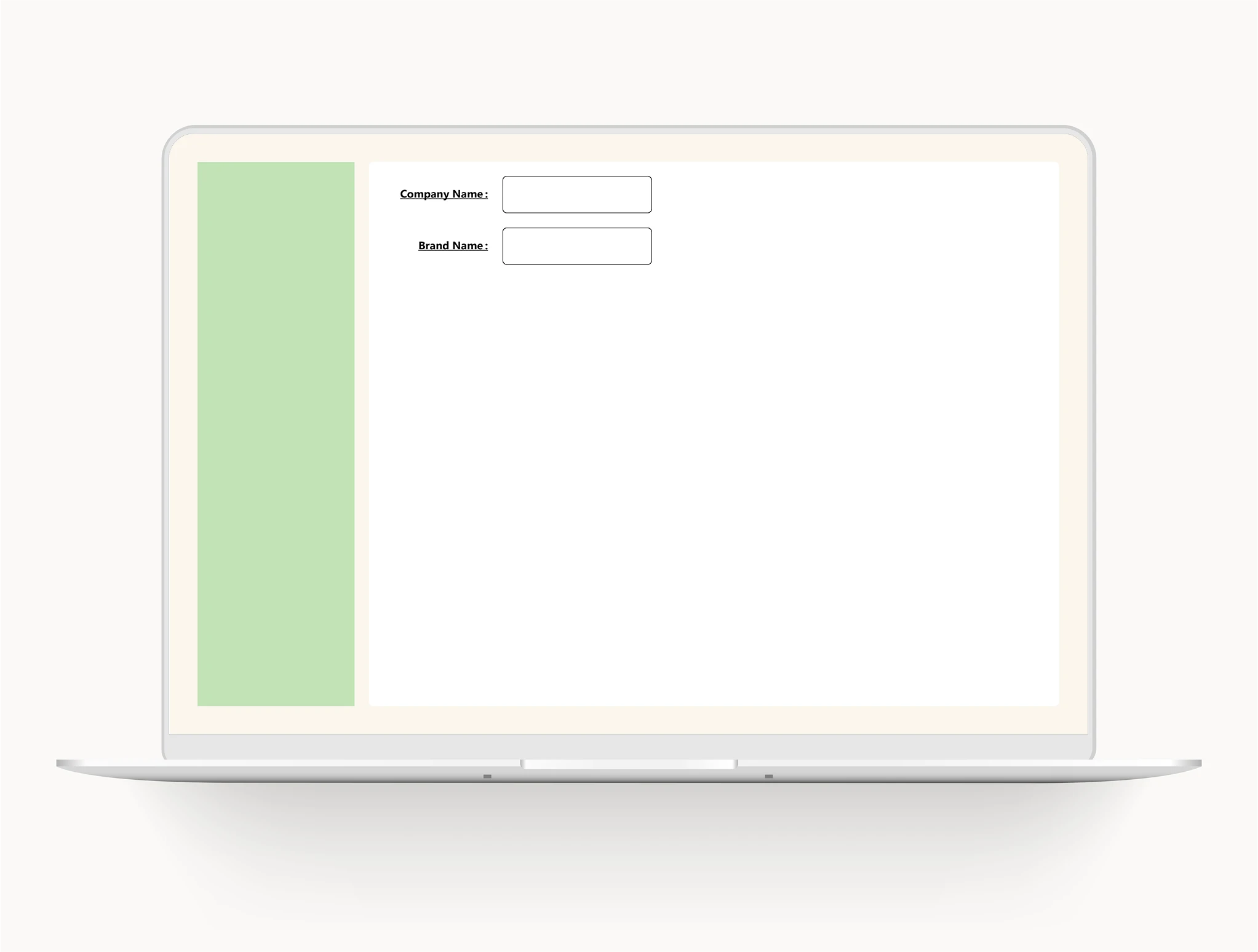
Your company name should be distinguished from a brand name. Do not confuse the two, as they are miles apart in similarity. Let’s see what Webster’s Dictionary defines a company as.
Definition: Company
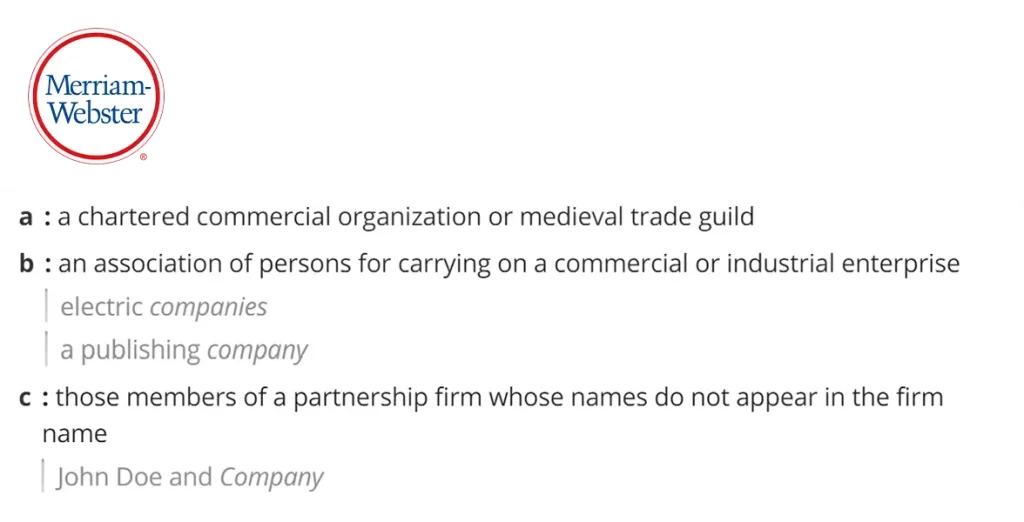
Definition: Brand
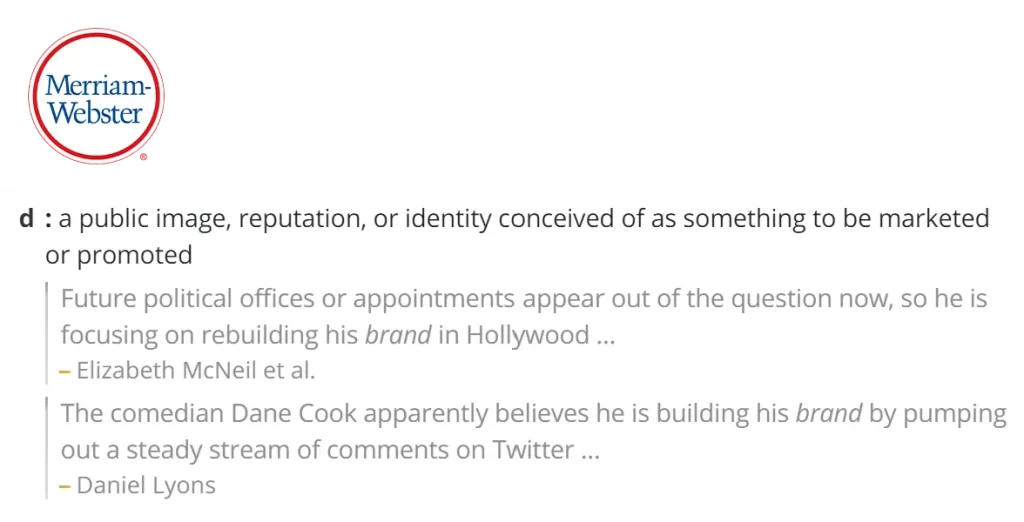
The simple answer is that a company does not need a brand, and a brand does not require a company to be a brand. However, it is OK and expected to have a brand name that is the same as your company name without the suffix. For example, Parachute Gardeners, LLC. can also be Parachute Gardeners in terms of a brand name minus the suffix (LLC.).
Let us pick a breakfast cereal, Fruit Loops. Fruit Loops is not a company. It is a brand owned by Kellogg’s CO., which also owns Apple Jacks, Rice Krispies, etc. That makes Kellogg’s the company name, as it is a parent to several cereal brands.
You’ll need to separate the company name from your brand name. Each brand of cereal Kellogg’s sells is marketed differently and, depending on the cereal, an entirely different demographic… you never see a commercial where grandma hangs out with the Toucan mascot from Fruit Loops for a reason.
Older adults are more worried about their health; they may have more health problems and are inclined to eat less sugar. In other words, older people will never be a target audience worth marketing to as the product may not be in their best interest. Special K as the daily driver and Frosted Flakes on the weekend is the right fit for Grandma.
2. Understanding the target audience and goals
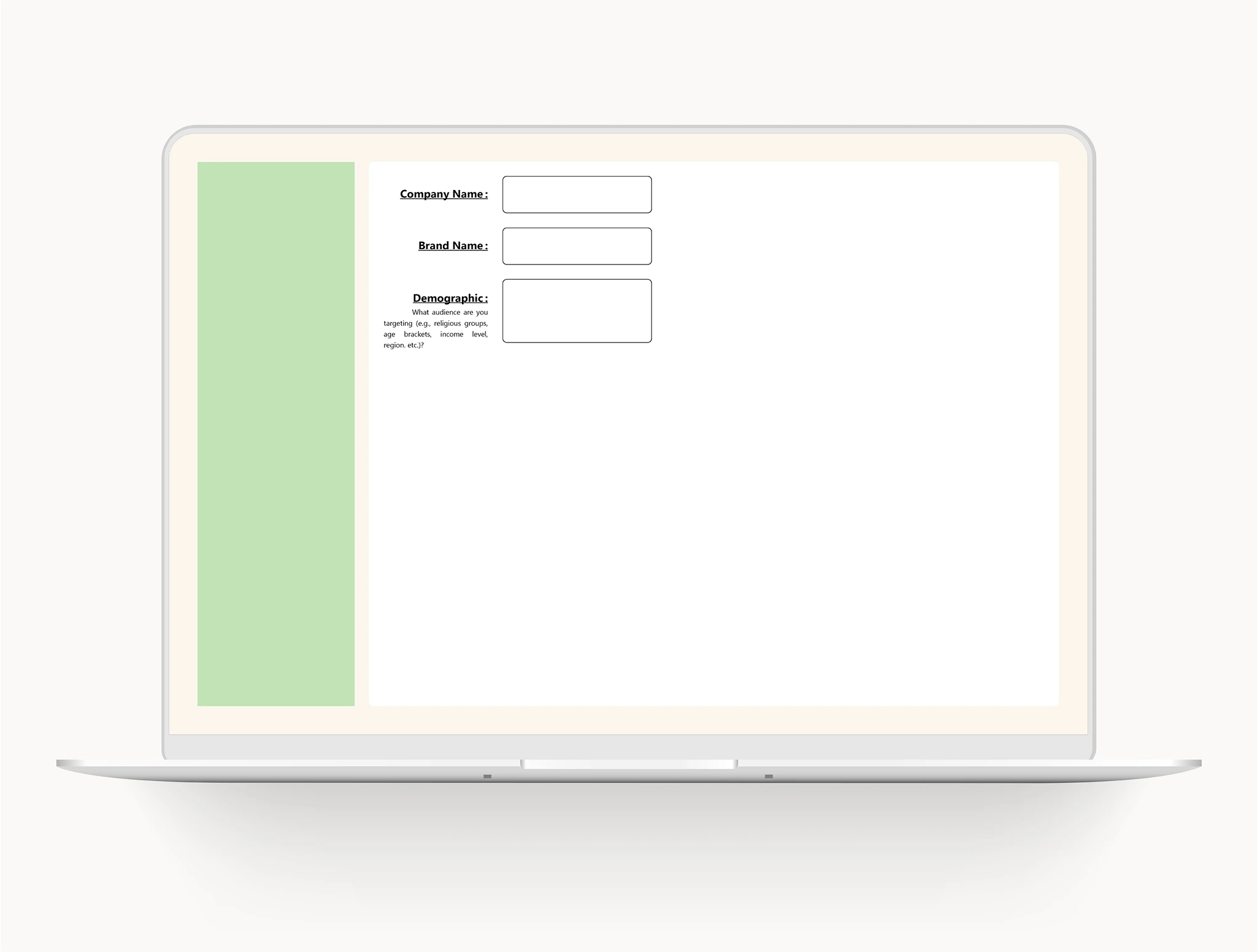
Remember to place a section that allows the client to define their target audience. This is a category that both designers and clients commonly overlook. However, creating artwork or designs for a client and going into a project without knowing who their customer is is a recipe for failure.
To use Kellogg’s as an example again, imagine Kellogg’s is your client, and they request a Halloween-themed Apple Jacks cereal box design. Who do you design for? Tricky question. Kids, adults, and even older people enjoy Apple Jacks regularly. This question can only be answered by your client. Plain and simple. They have the data, and they know their customer very well. It is best not to assume otherwise.
The client needs to list the key features of this group. You can put age ranges, income levels, property owners, or renters. All this information will influence your design choices.
3. Media & Doc Size
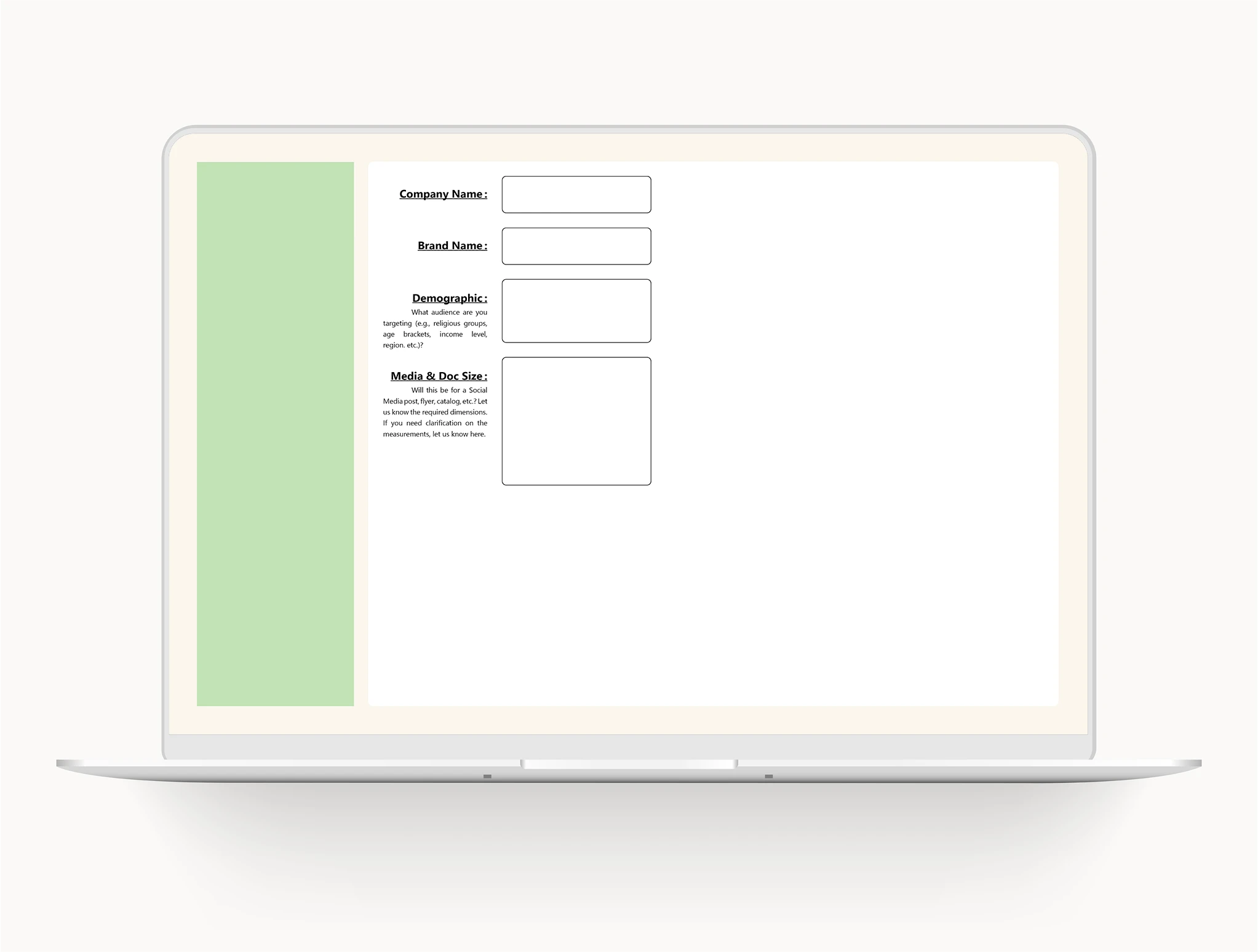
It would be best to get this category right at the start. Generally, we have seen many clients not fully prepared to list the document size because they are unaware of what is required and don’t deal with measurements and pixels all day. As a designer, you should be ready to help the client find the document size. In this category, a client needs to answer three questions.
-
Will this be a print or web-based graphic?
1.
-
What dimensions does the design require?
2.
-
If this is going to print, will 300 dpi be satisfactory or do they need a higher dpi count?
3.
4. Project Details
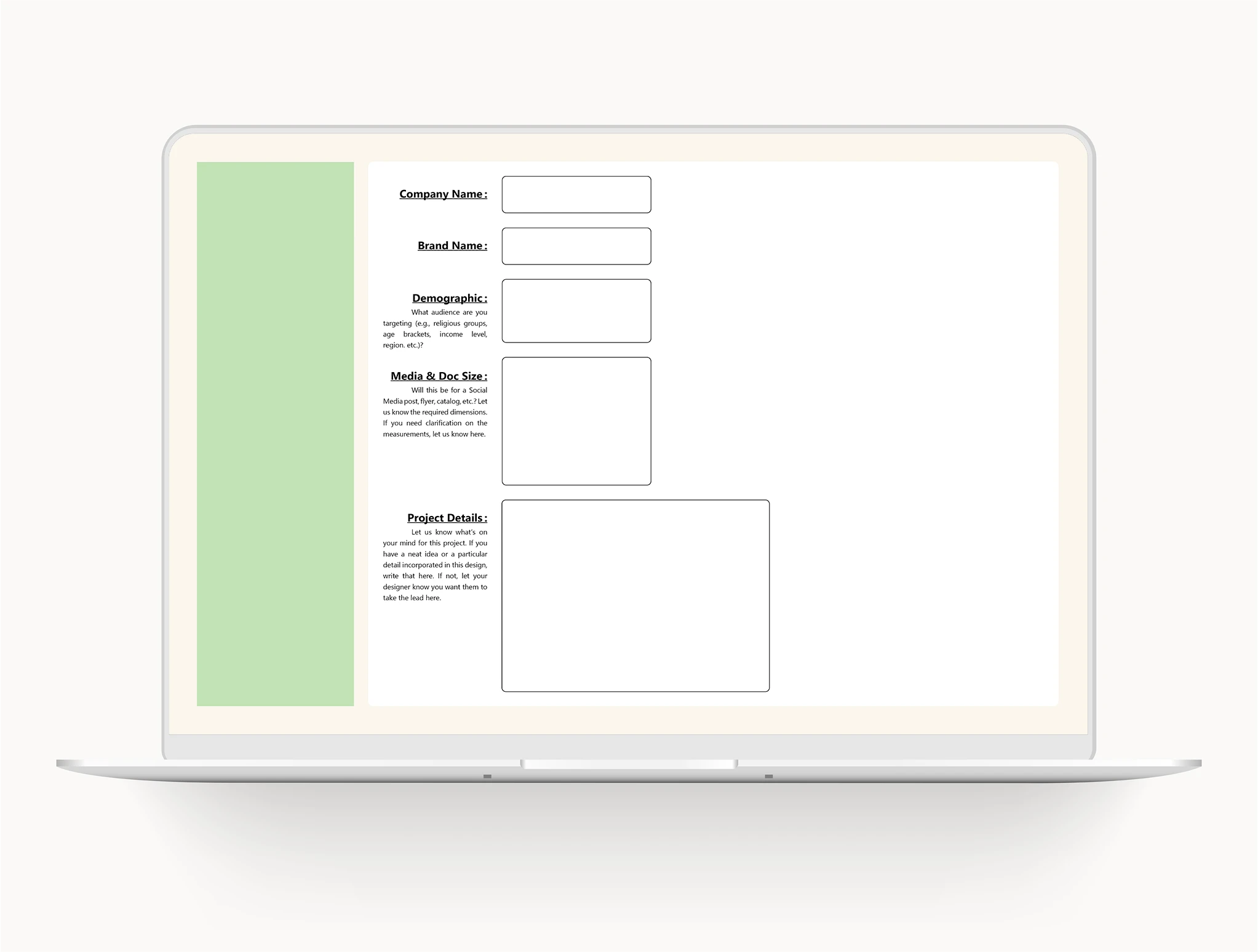
Project details is the category where the client should write freely. No formality, no expectations.
This category needs to be saved for them to vent their ideas. As a designer, you should be responsible for gauging a client’s expected involvement with this category. In other words, are they more interested in you taking the wheel on the creative aspect, or have they thought of the perfect idea on their own?
For example, Emily is the marketing director at XYZ Manufacturing CO. She fills out the project details section with two sentences stating,
“We’re not sure what to do for this project, but we are looking forward to some of your ideas!“
That’s your hint: Emily is granting you creative freedom for the task.
Let’s take a different example. John from ABC Publishing CO wrote 2 to 4 paragraphs of several ideas. It would be in your best interest as a designer to start consolidating those ideas with your client, especially if they seem poorly thought out. We recommend you take notes on what you and the client have agreed on. Remember, you have to consolidate those ideas into one practical idea.
5. Copy section
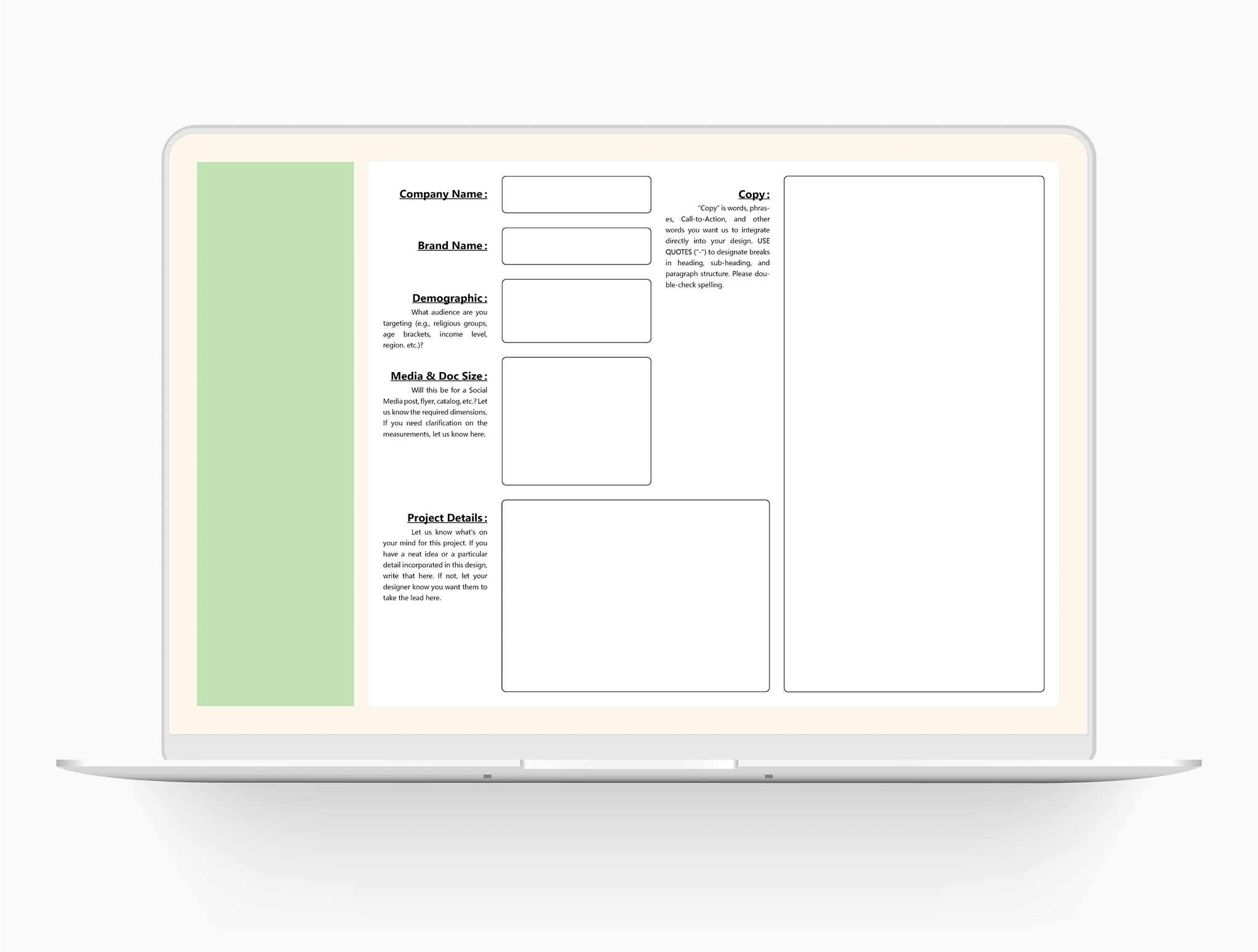
This is an essential category for the client to fill out. You will want to leave a lot of space for this section. You may notice only 10% of the space is utilized by the client on design brief submission for most tasks. However, what starts to add up quickly is the Disclaimer text. You know, the fine print text on the bottom back side of a design that nobody reads? Yes, that one.
Also, for this category, you will want to list some instructions for the client. Our design brief specifies that the copy should be broken up using quotations.
We do this so the client can write instructions – if any – between copy blocks (text blocks). That means only some words written in the copy section will be copied and pasted into the design.
6. Company-specific features
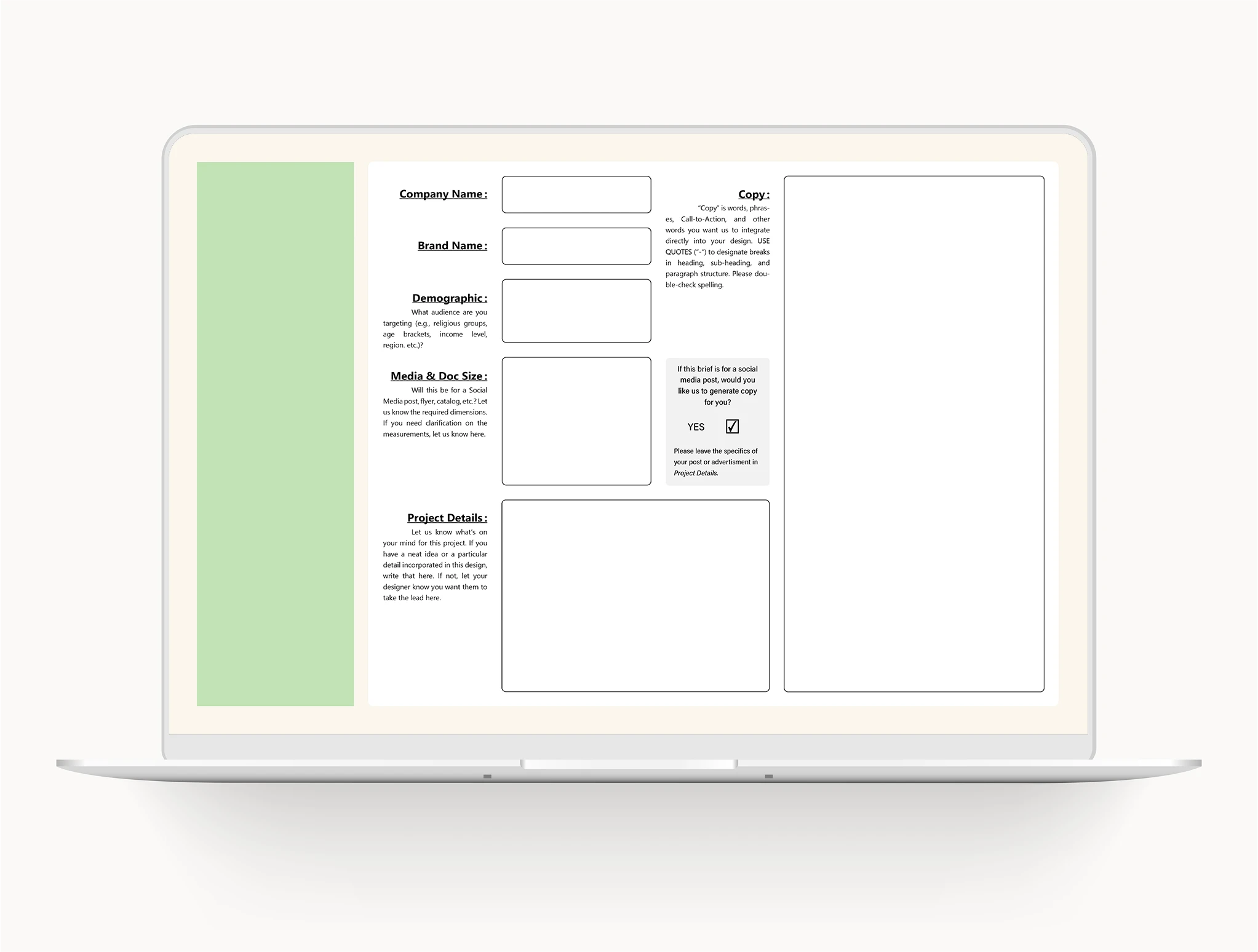
In this example, we added a check box for the client to let us know if they want us to generate AI copy for their design. At Howdy Patron, we offer this feature to clients for social media ads and posts.
7. Finished
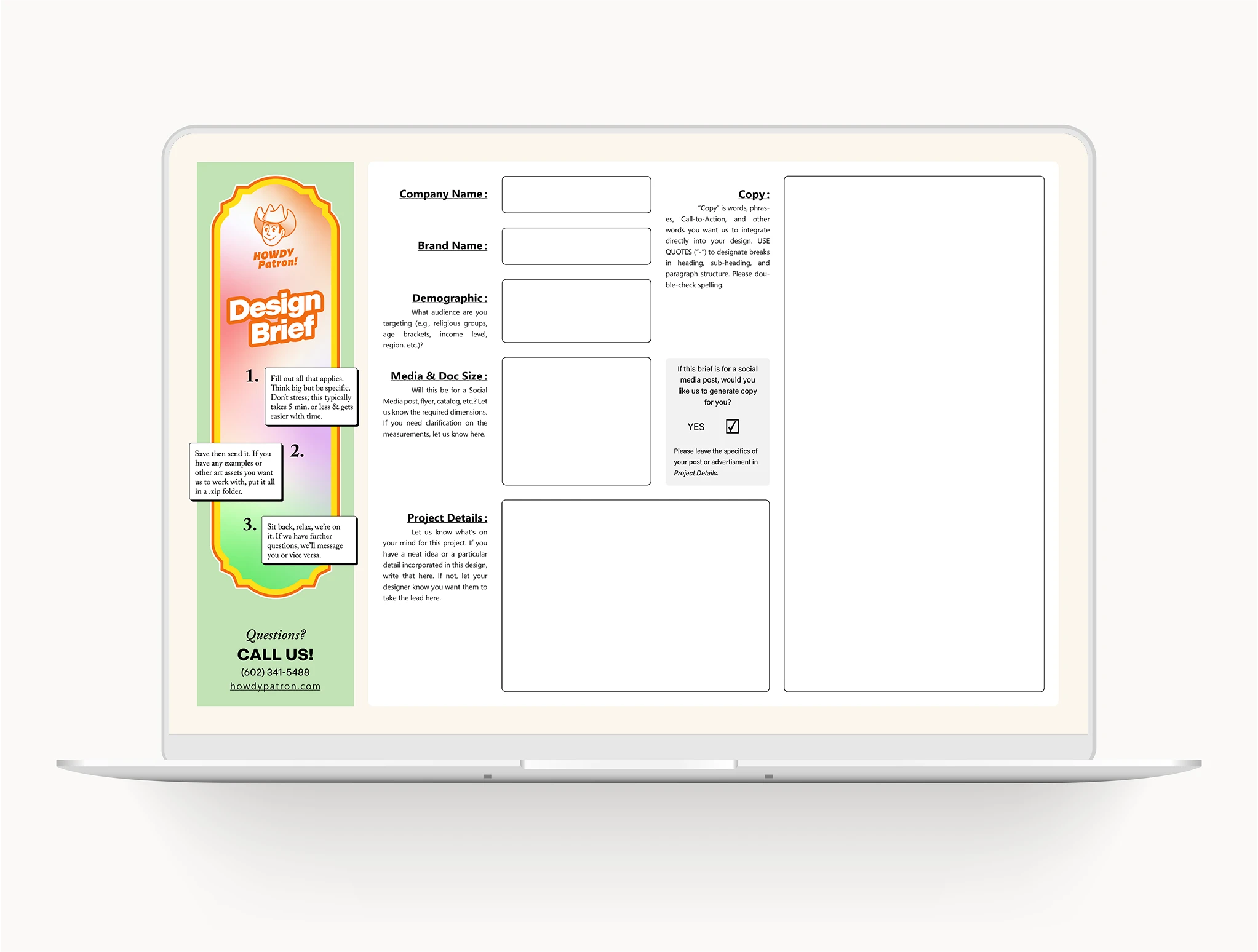
Feel free to add your branding to the design brief.
Graphic design brief example: Filled out
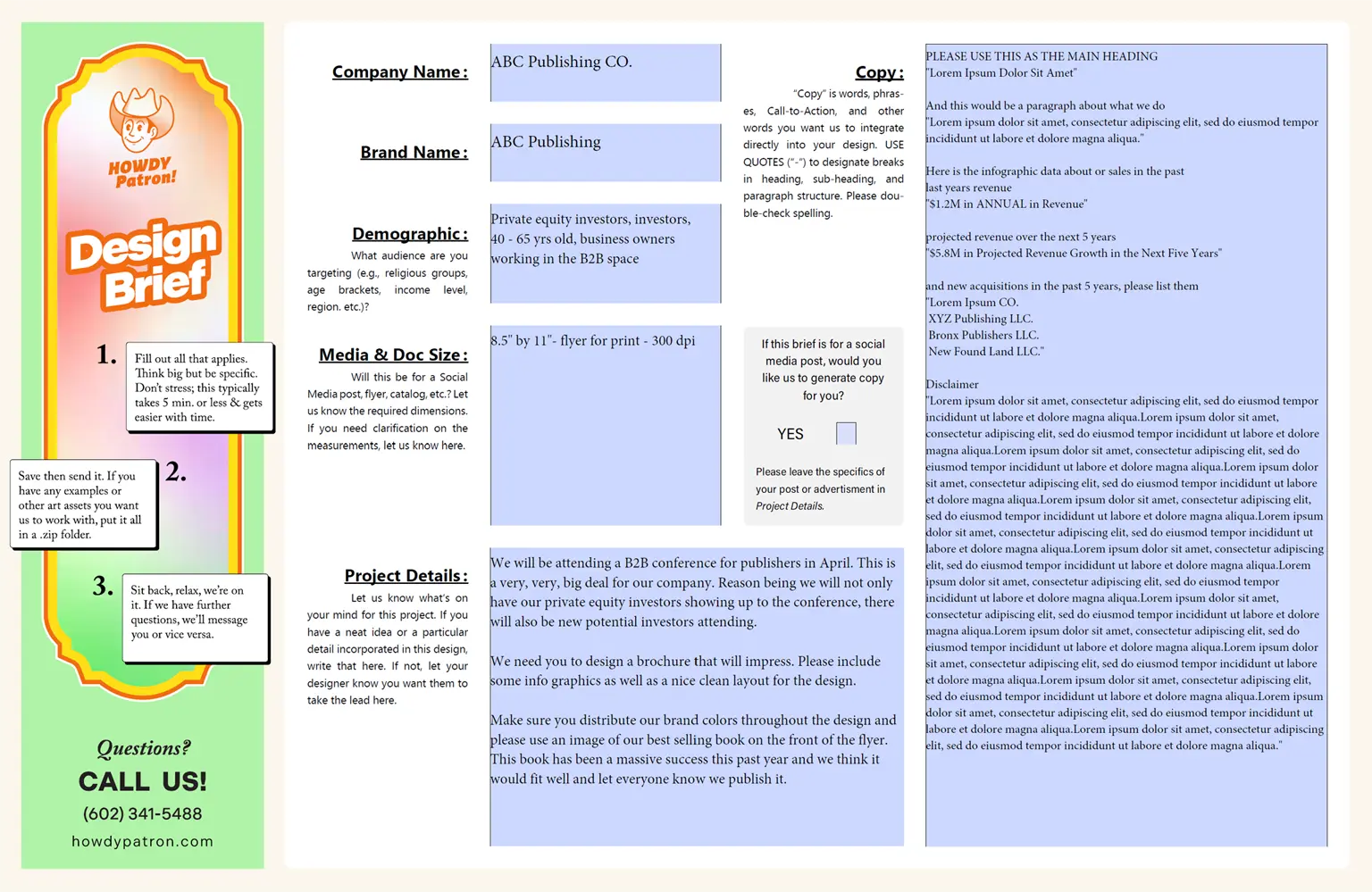
Here is an example of a design brief completely filled out. Notice how the Copy section utilizes the open and closed quotes system to break up text blocks. You are trying to avoid a massive wall of copy. Using our system, you’ll know where to end or begin a text block on the design itself.
Conclusion: Crafting a Perfect graphic design brief
A design brief is essential for designers to understand a client’s expectations. It should always be taken seriously and submitted before beginning graphic design work.
In this article, we shared ideas about key categories and what you should incorporate in your brief, just as we do here at Howdy Patron. This design brief has worked well for us; you can borrow some of the concepts we discussed in the article. That’s fine with us. Cheers!

